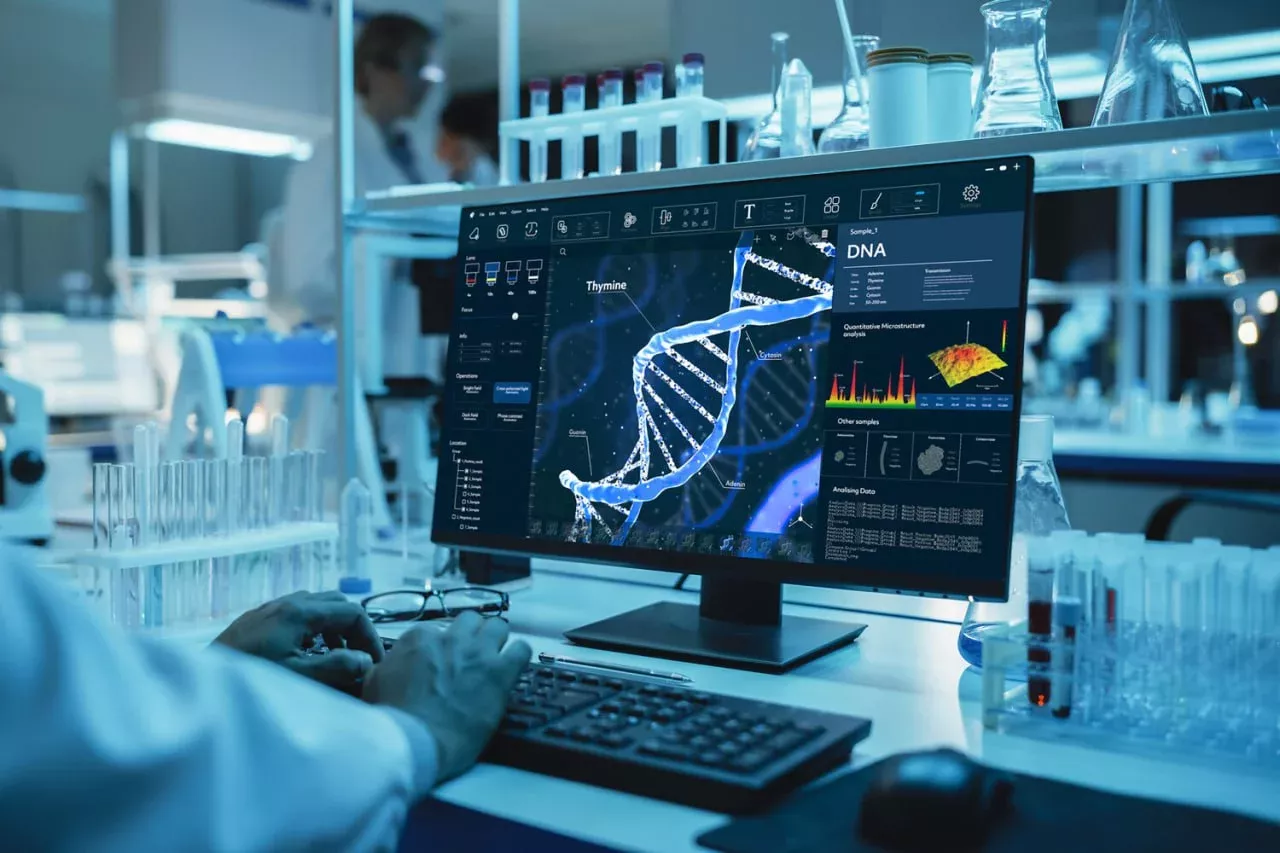
Scientists at the University of Pennsylvania have achieved a significant breakthrough in gene therapy by creating a method for safely delivering DNA to cells using lipid nanoparticles. This new technology opens the door to new possibilities for treating serious diseases such as diabetes, cancer, and heart disease.
The main problem in gene therapy has been solved
Although DNA-based treatment methods have been discussed for many years, their practical application faced several challenges. Previously, introducing DNA into cells could trigger catastrophic immune responses, which would have serious effects on the organism. However, the new lipid nanoparticle technology has resolved this issue.
A system with added nitrooleic acid halted inflammatory processes in cells, demonstrating 100 percent tolerance in tests conducted on mice. This confirms the safety of the new method.
DNA and mRNA: key differences
mRNA vaccines became widespread during the COVID-19 pandemic and were used to provide rapid protection to the body. However, mRNA only remains in the body for a few hours or days. DNA, on the other hand, can remain active for up to six months, which is crucial for treating chronic diseases.
The new lipid nanoparticle system operates in a "container" manner similar to mRNA vaccines, meaning therapeutic DNA is loaded into particles. At the same time, nitrooleic acid, which blocks the STING pathway, regulates the immune response of cells and prevents the organism from having an excessive protective reaction to foreign genetic material.
What does the new technology open up?
The new gene therapy method has several advantages:
- Prevents immune system reactions – foreign DNA is safely accepted by the body.
- Long-lasting effects – therapeutic DNA remains active in the body for up to six months.
- New treatment possibilities – innovative approaches emerge for treating diabetes, cancer, and heart diseases.
- No need for viruses – lipid nanoparticles are used instead of viruses in gene therapy.
Future steps
Scientists at the University of Pennsylvania plan to test this method on various tissues and disease models. If the method's effectiveness is confirmed, it will usher in a new era in gene therapy. A safe and effective method of genetic treatment will be created without the risks associated with injections or viruses.
This discovery could represent a turning point in the fight against genetic diseases, cancer, diabetes, and other serious illnesses. A new era of gene therapy is beginning!